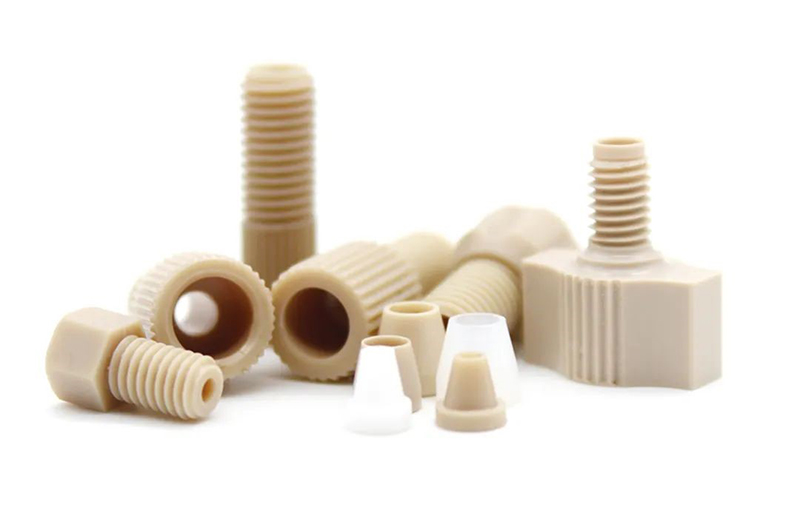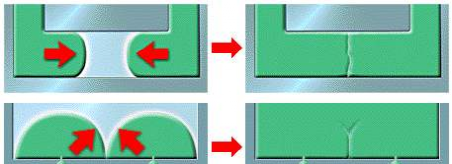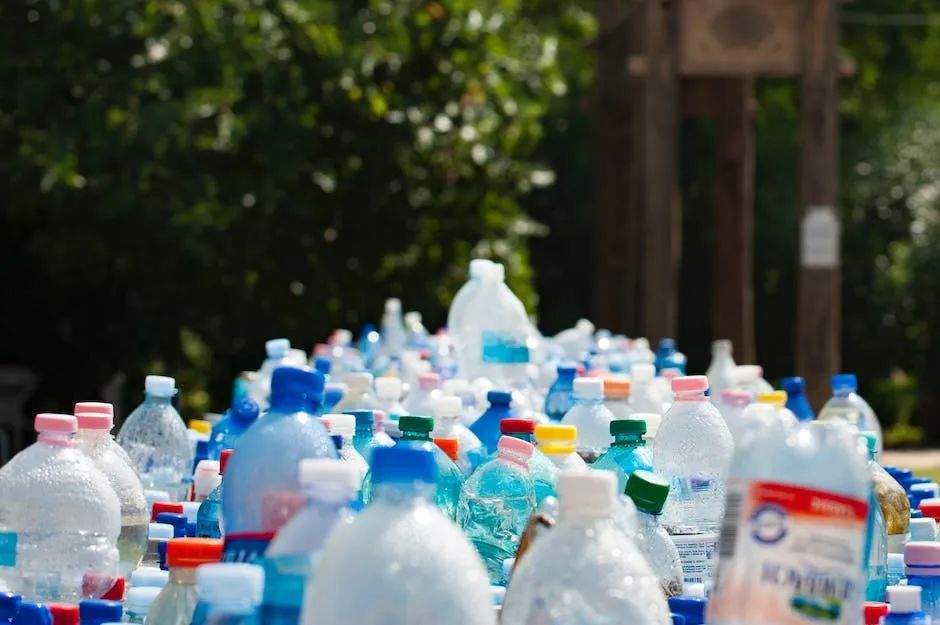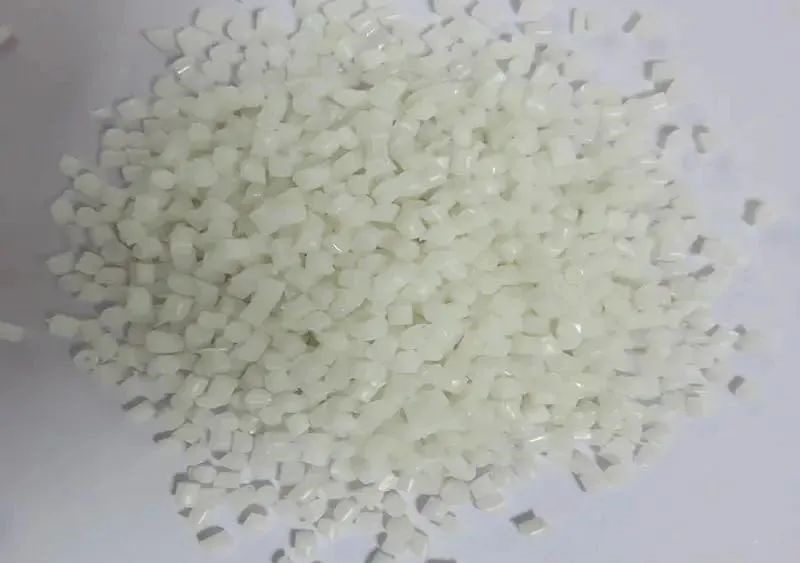News
-
Top Heat-resistant Polymers for High-stress Applications
In today’s demanding industrial landscape, components are constantly pushed to their limits. Extreme temperatures, high pressure, and harsh chemicals are just a few of the challenges faced by materials. In these applications, traditional polymers often fall short, degrading or losing functi...Read more -
Make a Green Impact with Biodegradable Bags and Tablewares
As environmental awareness continues to grow, the demand for sustainable materials has never been higher. Biodegradable bags and tablewares offer a eco-friendly alternative to traditional plastics, providing consumers with guilt-free convenience. In this article, we delve into the advantages of u...Read more -
Unleash the Potential of Your Products with PPO Injection Molding
In the world of injection molding, PPO (Polyphenylene Oxide) stands out for its exceptional properties. Known for its high heat resistance, chemical stability, and superior electrical insulation, PPO is a material of choice for a wide range of applications. In this article, we explore the benefit...Read more -
Matters Needing Attention of PPSU in the Process of Injection Molding
PPSU, the scientific name of polyphenylene sulfone resin, is an amorphous thermoplastic with high transparency and hydrolytic stability, and the products can withstand repeated steam disinfection. PPSU is more common than polysulfone (PSU), polyethersulfone (PES) and polyetherimide (PEI). The app...Read more -

Performance Similarity and Comparison Between PEI and PEEK
Polyetherimide, referred to as PEI in English, Polyetherimide, with amber appearance, is a kind of amorphous thermoplastic special engineering plastic which introduces flexible ether bond (- Rmae Omi R -) into rigid polyimide long chain molecules. The structure of PEI As a kind of thermoplastic...Read more -

Understanding the Performance and Application of PEEK
Polyether ether ketone resin (polyetheretherketone, referred to as PEEK resin) is a kind of high temperature thermoplastic with high glass transition temperature (143C) and melting point (334C). The load thermal deformation temperature is as high as 316C (30% glass fiber...Read more -

Advantages of PEEK—–High Temperature Resistance and Corrosion Resistance
PEEK (poly-ether-ether-ketone) is a special polymer which contains one ketone bond and two ether bonds in the main chain. Because of its large amount of benzene ring structure, PEEK shows excellent comprehensive properties, such as excellent high temperature resistance, corrosion resistance, goo...Read more -
Understanding CFRP Composites
— The Amazing Capabilities of Carbon Fiber Reinforced Polymers. Carbon Fiber Reinforced Polymer Composites (CFRP) are lightweight, strong materials used in the manufacturing of numerous products used in our daily life. It is a term used to describe a fiber-reinforced composite material that...Read more -

Effect of Mould Temperature on Quality Control of Injection Molded Parts
Mold temperature refers to the surface temperature of the mold cavity that comes into contact with the product in the injection molding process. Because it directly affects the cooling rate of the product in the mold cavity, which has a great impact on the internal performance and appearance qual...Read more -

Production Process of Modified Plastic Granules
The production process of modified plastic particles mainly includes: mixing process, extrusion process, packaging. Mixing. 1. Six tests of mixing: billing, receiving, cleaning, dividing, swinging, mixing. 2. Machine cleaning: it is divided into four grades A, B, C and D, of which An is the highe...Read more -

Introduction of Commonly Used Biodegradable Materials
In recent years, with the increasing demands for environmental improvement and the continuous strengthening of national plastic pollution control, China’s biodegradable materials industry has ushered in a great opportunity for development. New biodegradable materials, led by biodegradable ...Read more -

10 Key Points of Processing and Forming of Modified PA6+30% Glassfiber Reinforced Parts
30% glass fiber reinforced PA6 modification 30% glass fiber reinforced PA6 modified chip is an ideal material for processing power tool shell, power tool parts, construction machinery parts and automobile parts. Its mechanical properties, dimensional stability, heat resistance and aging resistanc...Read more

